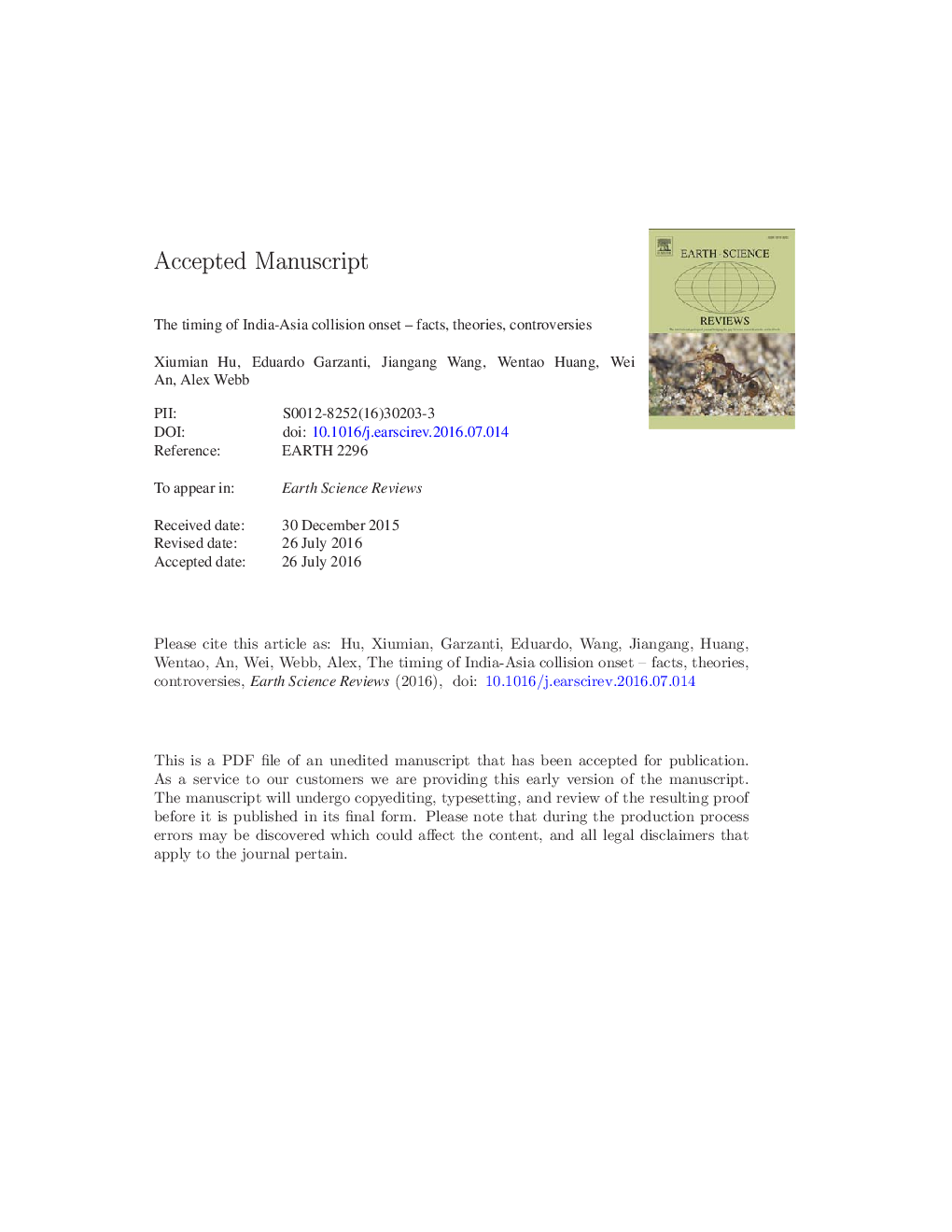| Article ID | Journal | Published Year | Pages | File Type |
|---|---|---|---|---|
| 6442815 | Earth-Science Reviews | 2016 | 80 Pages |
Abstract
These coherent observations are hard to reconcile with three widely cited hypotheses invoking either Paleogene arc-continent collision or Late Cretaceous ophiolite obduction, or the protracted existence of a Greater India Basin, which are all not favored after discussing the geological evidence critically point by point. A scenario no more complex than the one involving solely the passive continental margin of India and the active continental margin of Asia is needed to explain the geological evolution of the nascent Himalaya. The collision between the Tethys Himalaya and the Transhimalayan arc-trench system does represent the collision between India and Asia. Because the Yarlung Zangbo Ophiolite is the forearc basement of the Asian active margin, its obduction onto India could not have preceded the initial closure of Neo-Tethys. Ophiolite obduction began when collision began, in the middle Paleocene.
Related Topics
Physical Sciences and Engineering
Earth and Planetary Sciences
Geology
Authors
Xiumian Hu, Eduardo Garzanti, Jiangang Wang, Wentao Huang, Wei An, Alex Webb,
